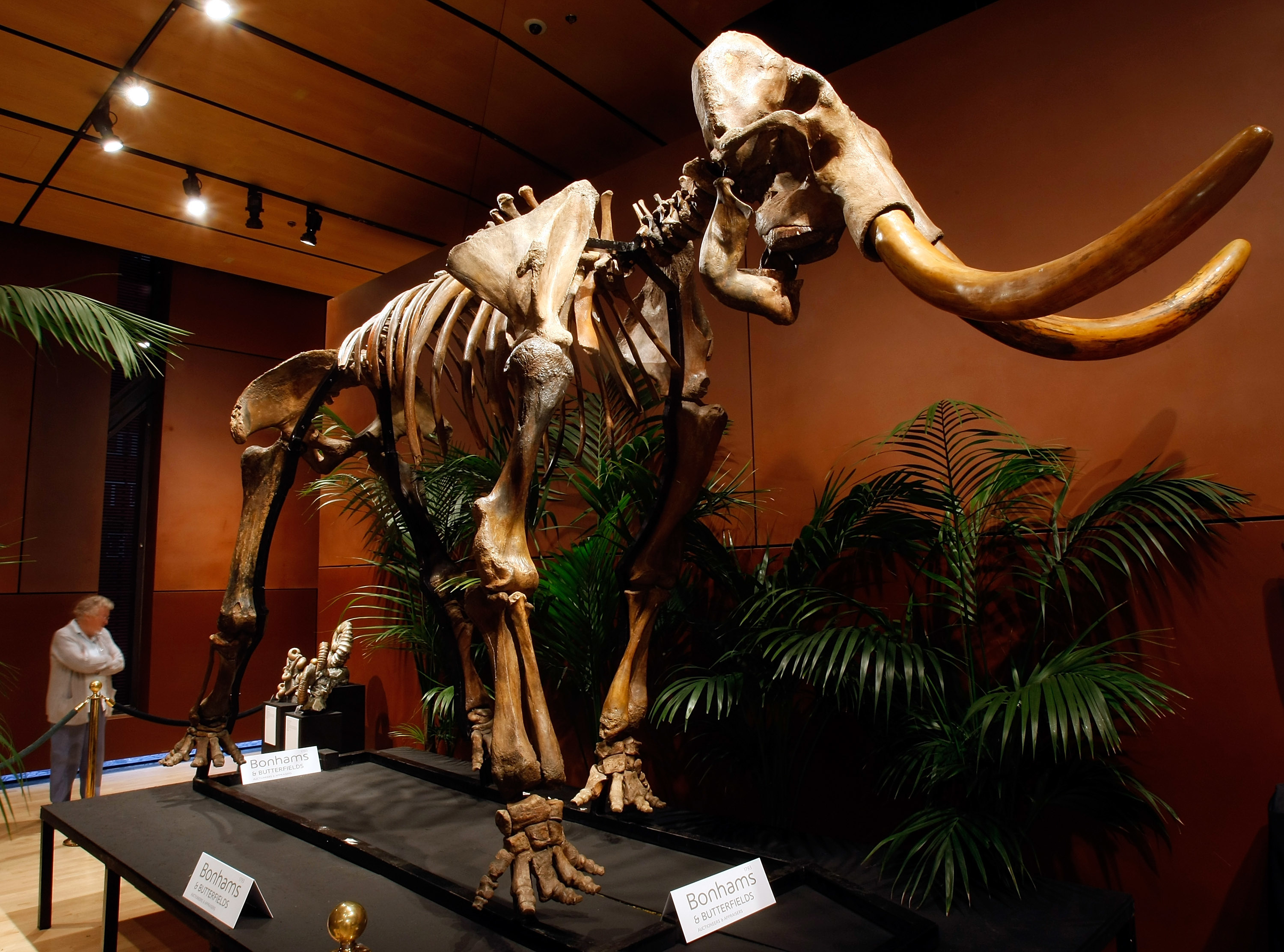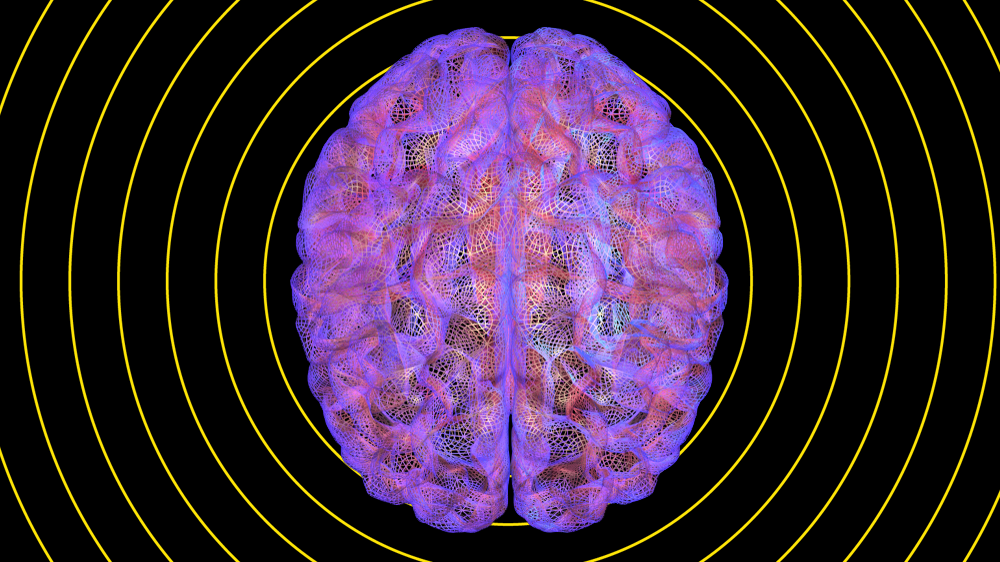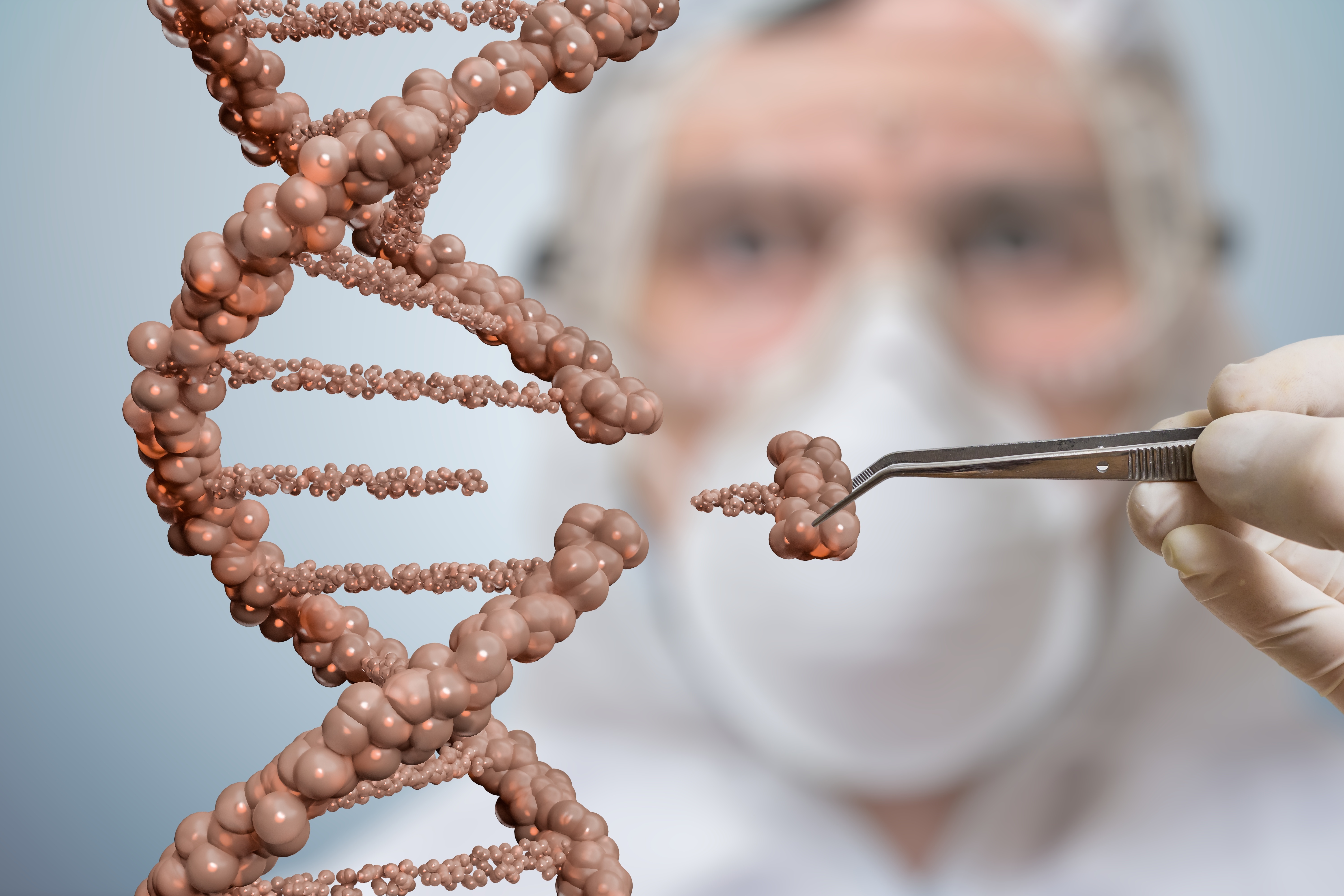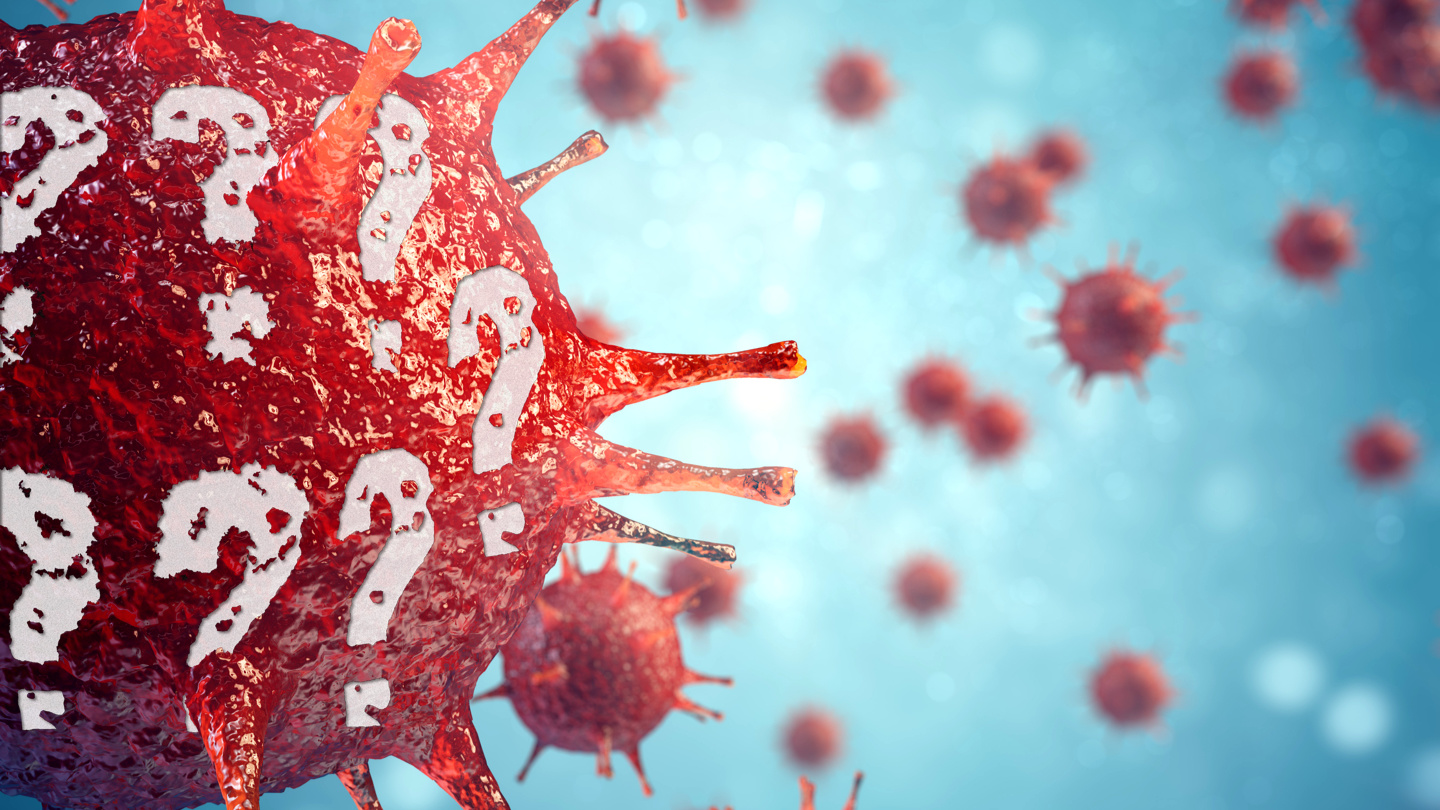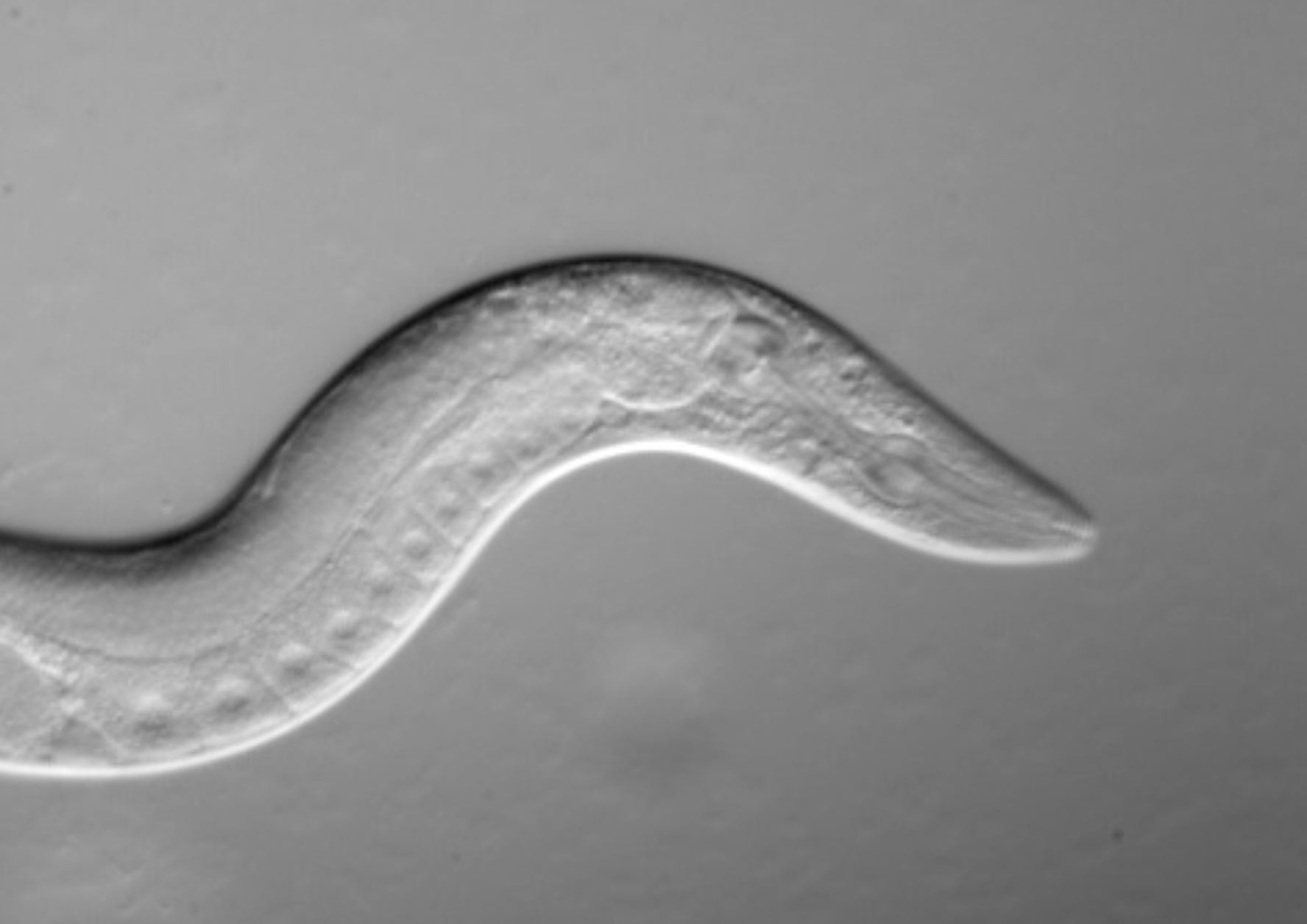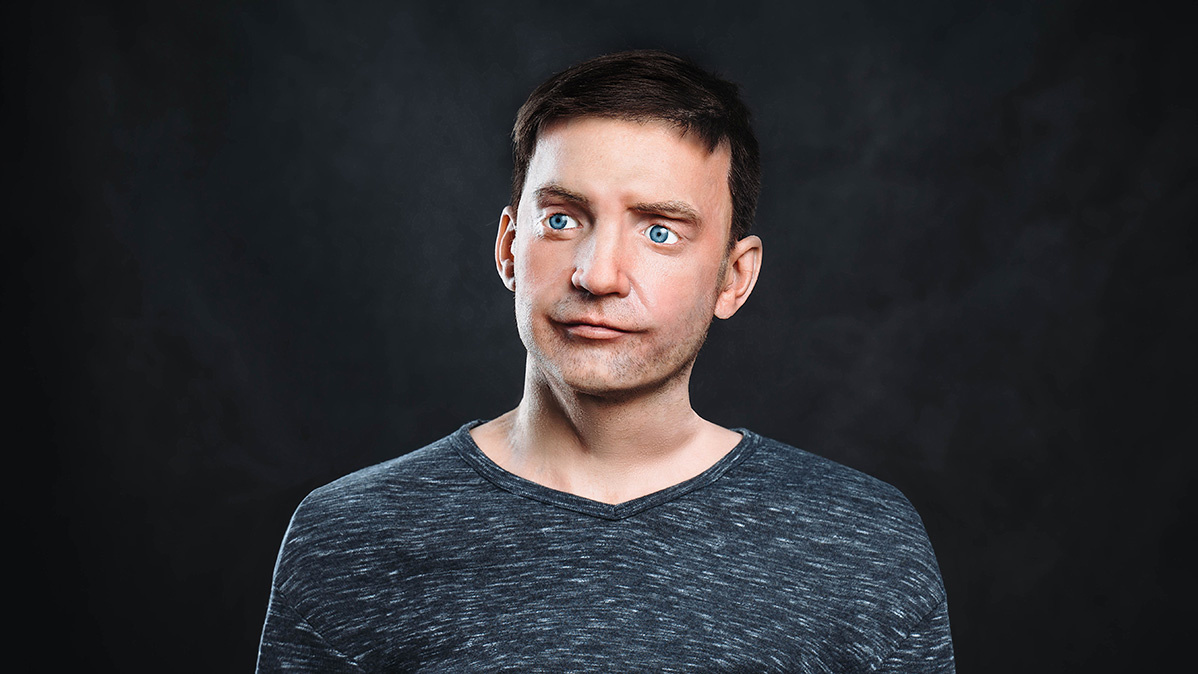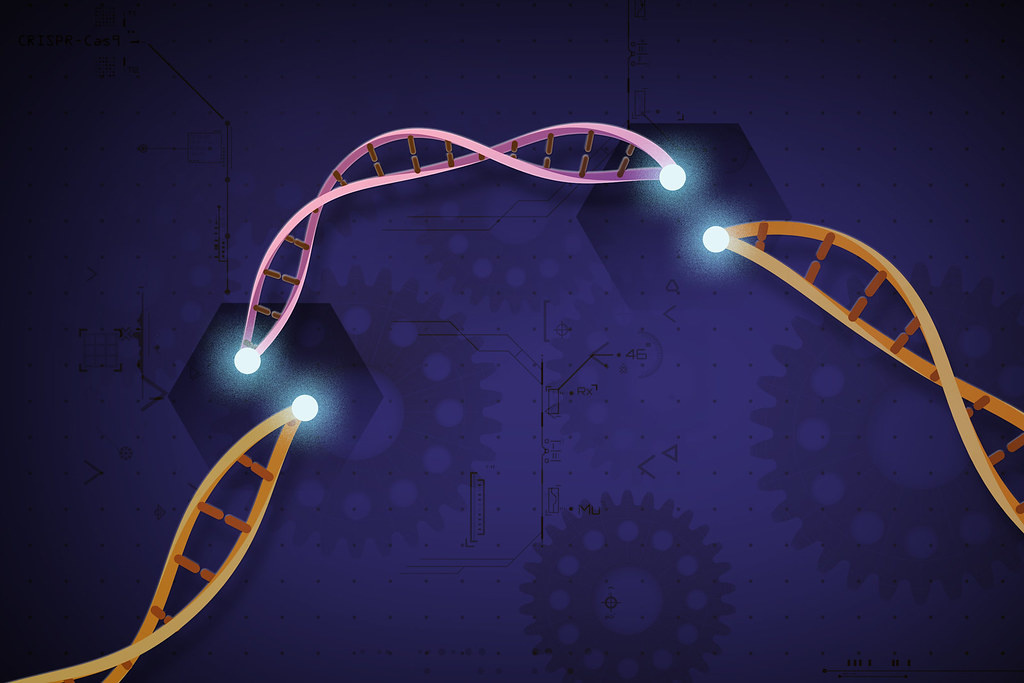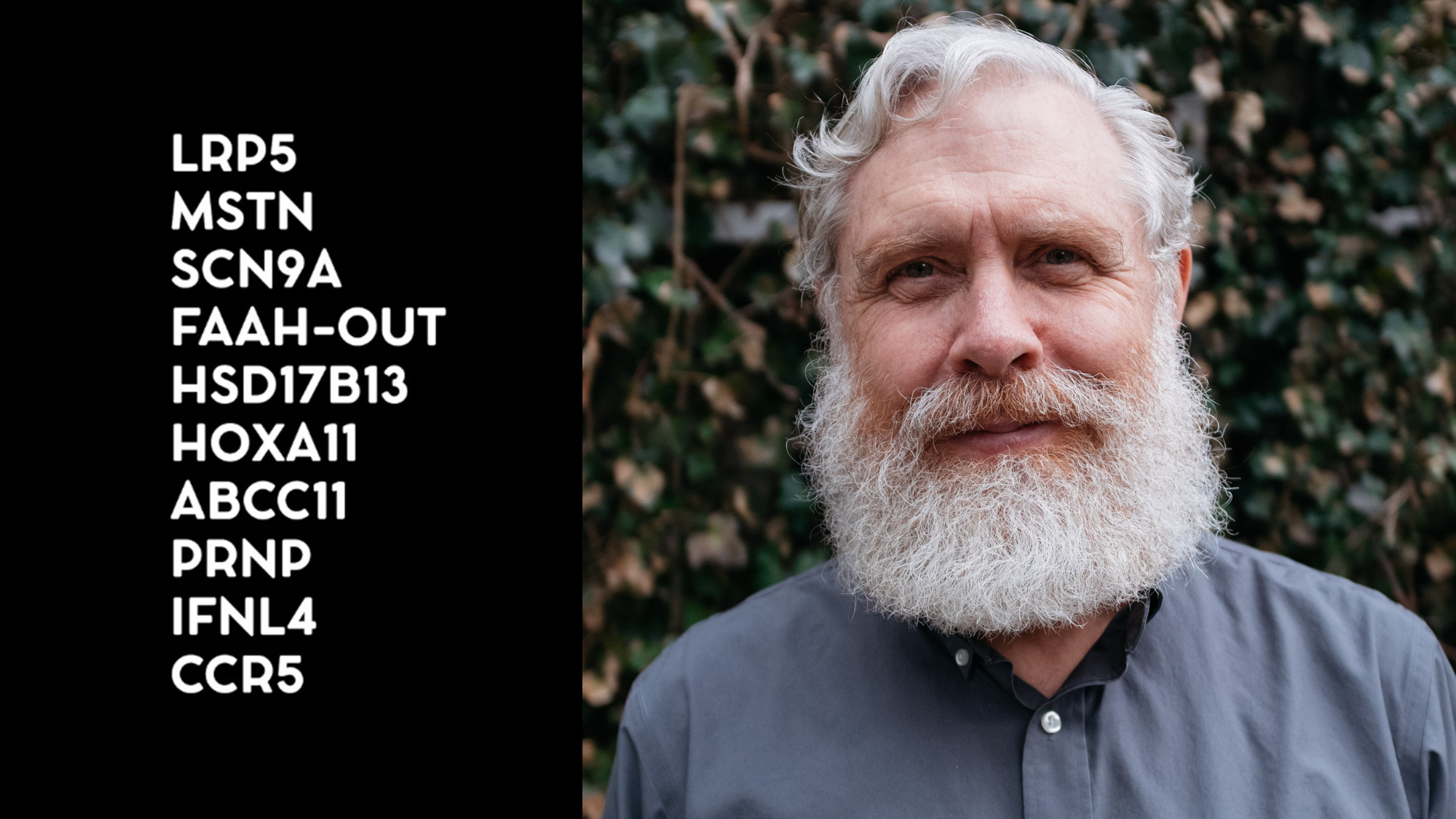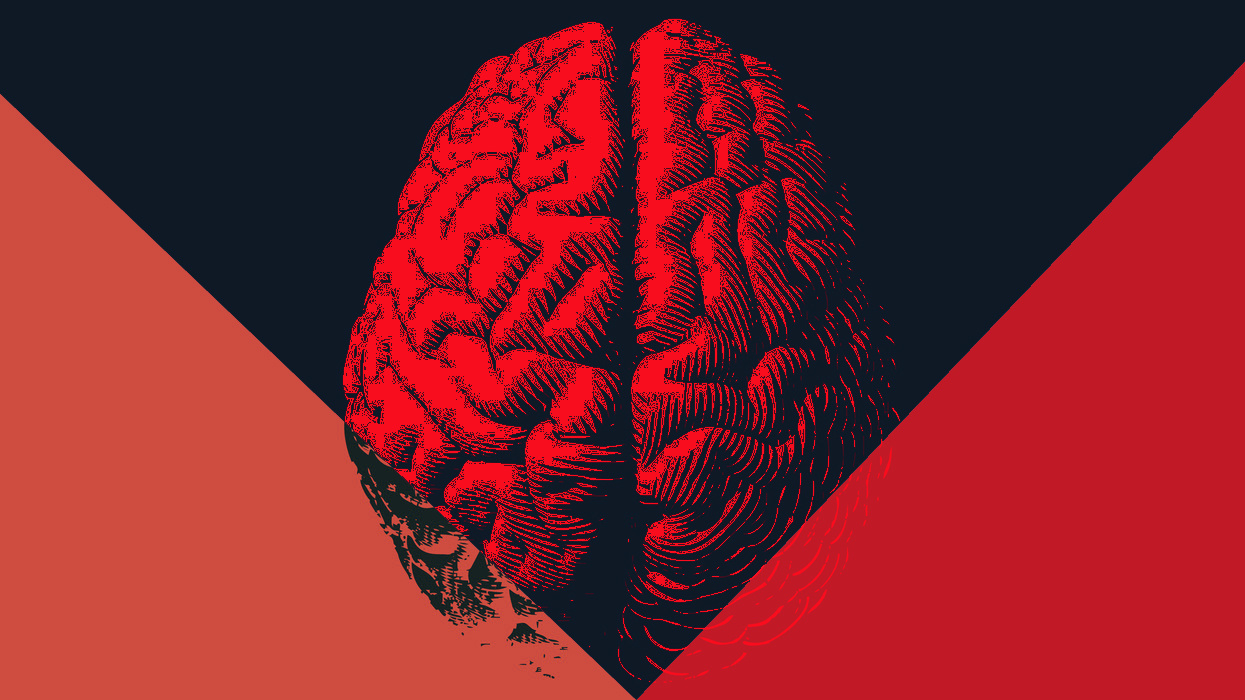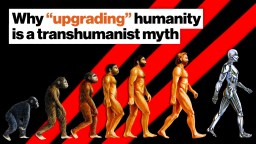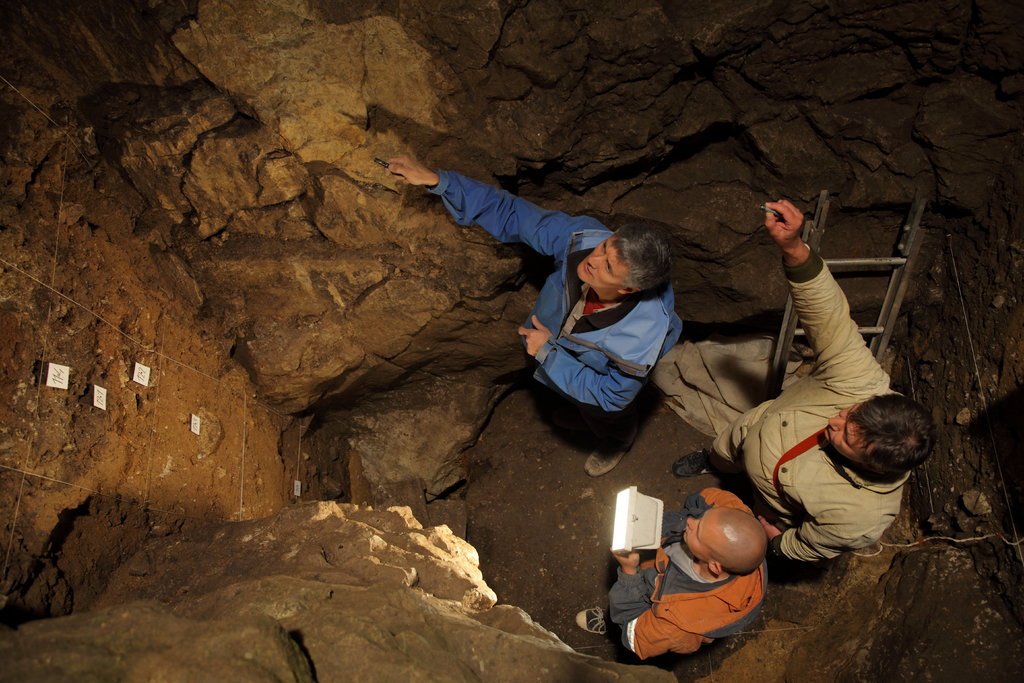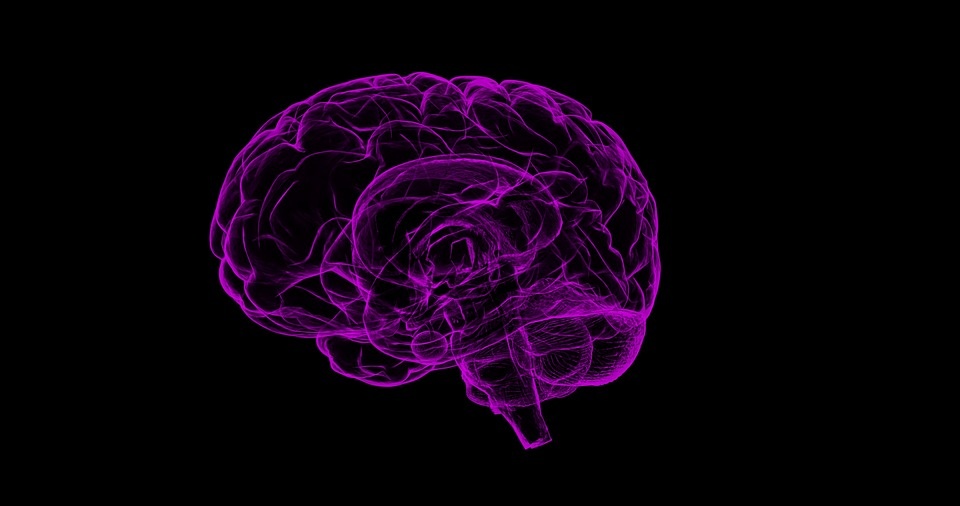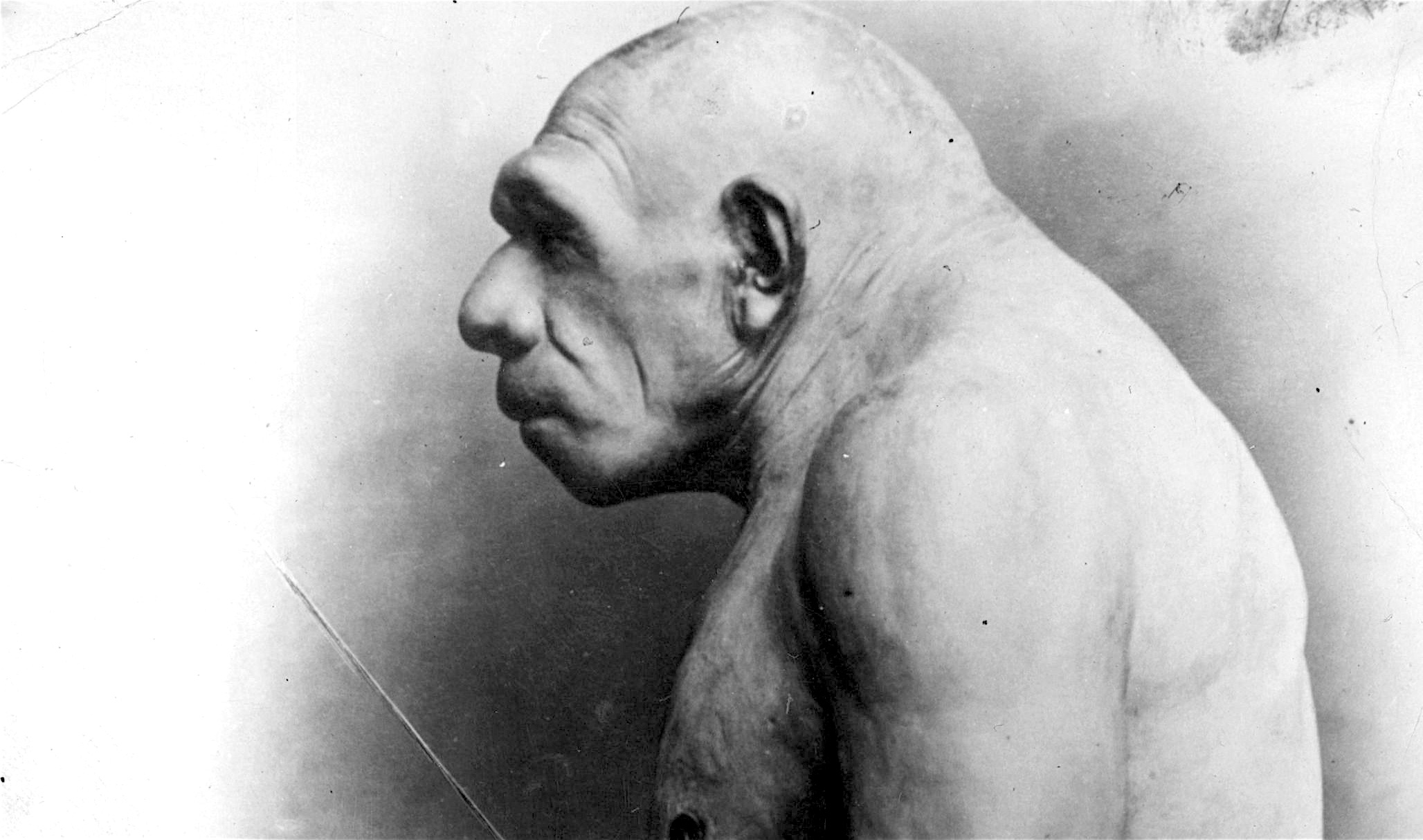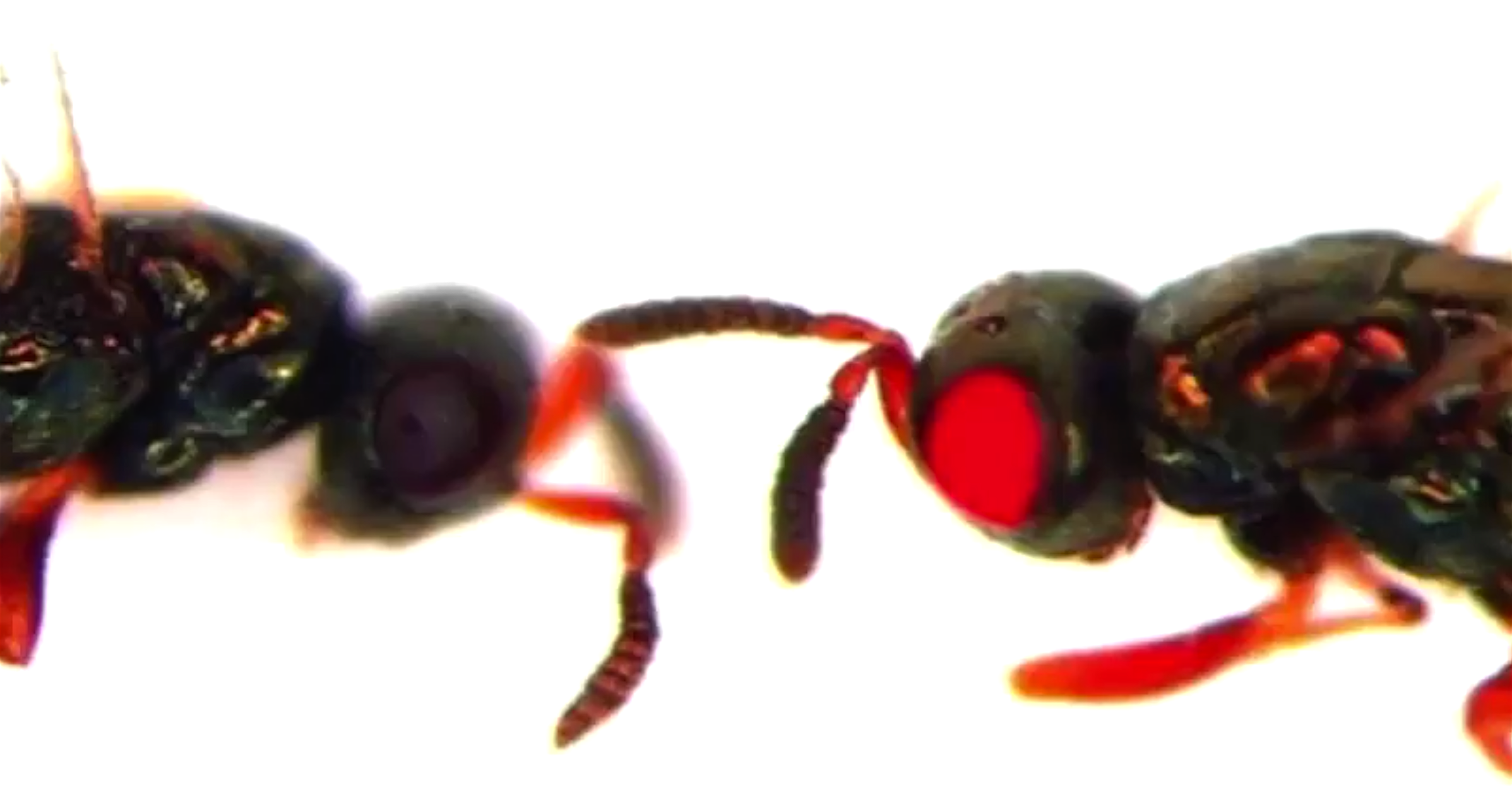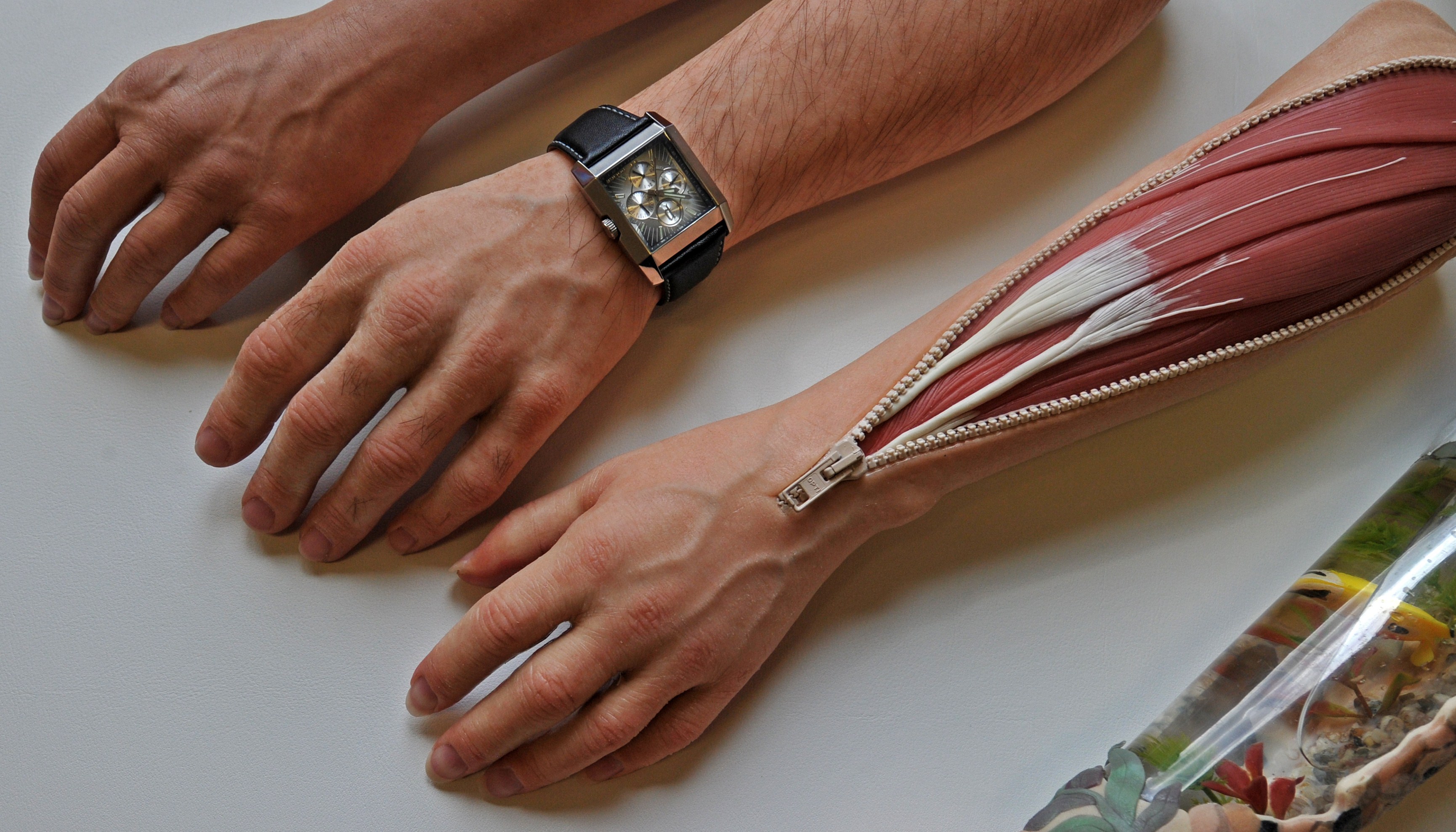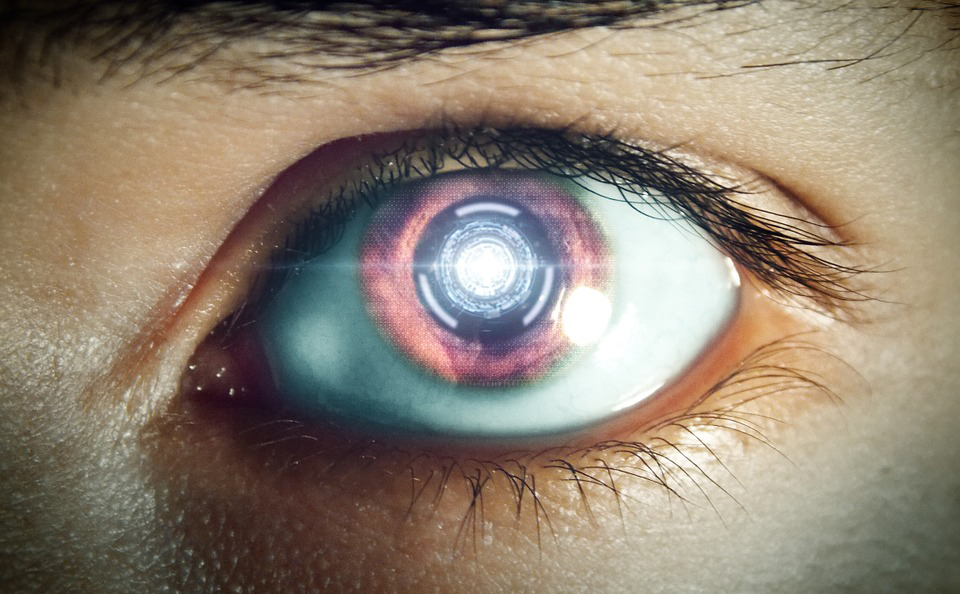genetic engineering
From cryonics to time travel, here are some of the (highly speculative) methods that might someday be used to bring people back to life.
Scientists uncovered the secrets of what drove some of the world’s last remaining woolly mammoths to extinction.
How can we promote the creation of new neurons – and why is it so important?
New research shows how Americans feel about genetic engineering, human enhancement and automation.
The origin and phylogeny of the Yaravirus are not yet clear.
A new study shows that altering the ISS and TOR pathways in roundworms can extend lifespan by 500 percent.
A company claims to make the world’s first humanoid android and offers ‘digital immortality”.
What makes a life worth living as you grow older?
A transformational tool for the future of the world.
Someday we’ll beam to the moon for afternoon tea, and be back in New York for dinner.
▸
5 min
—
with
Professor George Church creates a gene “wishlist” that can lead to superhuman abilities.
You can be born with good genes and study hard and still not meet your potential. Your environment has a lot to do with how smart you are.
The discovery could lead to improved treatments for chronic pain.
Upload your mind? Here’s a reality check on the Singularity.
▸
5 min
—
with
American geneticists take a stand against the misuse of their science by racists.
Researchers have just discovered the remains of a hybrid human.
Physicist Michio Kaku doesn’t see immortality as impossible, especially of the digital kind.
▸
8 min
—
with
A lot of the powers found in the comics exist in real life. They’re just a bit different.
A new startup has a method for preserving a brain’s memories when it’s frozen for future uploading.
The correlation is more prominent in women than men.
15 million Aztecs were probably killed by a form of salmonella the Spanish brought from Europe.
First, let me tell you how smart I am. So smart. My fifth-grade teacher said I was gifted in mathematics and, looking back, I have to admit that she was […]
Before this, little was known about the genetic basis for the variety in human skin tone.
New studies shed light on how Neanderthal DNA is affecting the appearance and behavior of modern humans.
Researchers succeed in deleting key genes from ants, significantly modifying their behavior.
Since the moment humans became aware of their existence, they have been haunted by the knowledge that it will inevitably come to an end and the hope to change this […]
Has CRISPR co-creator Jennifer Doudna invented the Pandora’s Box of genetic engineering, or can CRISPR be used for the forces of good?
▸
7 min
—
with
They plan to record personality, memory, and body function information, and recreate it.
The study might also help us to identify the prodigy gene, should it exist.
You are already a cyborg! Here’s 10 ways you could merge even more with technology in the coming decade.

